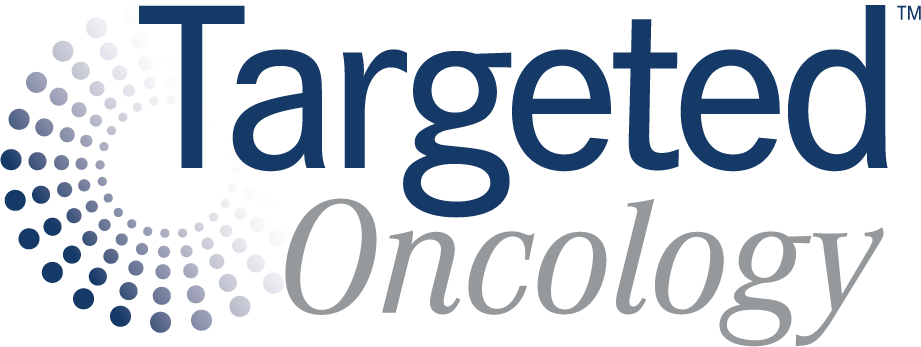T-DM1 Shows Tolerability in HER2+ Biliary Tract Adenocarcinoma
T-DM1 was tolerable in HER2-positive biliary tract adenocarcinoma but did not significantly improve progression-free survival.
GI Cancer and ctDNA : © SciePro - stock.adobe.com

In a phase 2 trial (CTRI/2023/07/055785), ado-trastuzumab emtansine (T-DM1; Kadcyla) was well-tolerated in HER2-positive biliary tract adenocarcinoma, but it did not show a statistically significant improvement in progression-free survival (PFS) compared with historical controls, according to findings presented at the 2025 ASCO Gastrointestinal Cancer Symposium.
At 3 months, the PFS was 51.2% (95% CI, 33.4%-69.0%), and the median PFS was 3.1 months (95% CI, 2.3-3.8). At 6 months, the overall survival (OS) was 56.5% (95% CI, 36.5%-76.5%), and the median OS was 7.1 months (95% CI, 5.1-9.1).
“Patients who did not have rapid progression on prior systemic therapy appeared to have a more favorable survival in comparison with rapid progressors and the role of T-DM1 in such favorable cohorts can be expected in larger studies,” Vikas Ostwal, MD, a professor at Tata Memorial Care in Mumbai, wrote in the poster presentation.
Overall, 40 patients were enrolled between July 2023 to July 2024. The median age was 50.5 years old, and 78% of patients were female. At the time of diagnosis, 90% of patients had stage IV disease, 98% had an ECOG performance status of 0 to 1, and 21% had prior resection of primary tumor. Additionally, in the first line, gemcitabine, cisplatin, and nab-paclitaxel were given to 70% of patients. Of note, 15% were given trastuzumab (Herceptin) in the first line and 60% of patients had progression at 3 months on first line treatment.
Patients were included in the trial if they were between the ages of 18 and 75 years old with adequate organ function and an ECOG performance status between 0 and 1; were HER2-positive by immunohistochemistry; progressed on gemcitabine-based first-line therapy or relapsed within 6 months of stopping gemcitabine when used as adjuvant therapy.
The primary end point was PFS, and secondary end points included overall response rate, disease control rate, OS, and incidence of grade 3/4 treatment-related adverse effects (AEs).
The median follow-up was 7.1 months (95% CI, 5.1-9.1), and 24 patients had disease progression. A partial response was observed in 12.5% of patients, 20% had stable disease, and the disease control rate was 32.5%.
For the 40% of patients who did not have rapid progression on prior therapy, the 3-month PFS was 70% (95% CI, 44.8%-95.2%), and the median PFS was 4.9 months (95% CI, 2.9-6.9).
Treatment-related AEs of grade 3 or higher included anemia (13%) and thrombocytopenia (3%).
The trial was designed as a single-arm, phase 2 clinical trial. Patients were given 3.6 mg/kg of T-DM1 intravenously on a 21-day schedule until patients experienced radiological disease, progression, unacceptable toxicity, or patient withdrawal.
“Based on the phase 2 GB-SELECT study [CTRI/2017/10/010112] the baseline assumption is that patients on single-agent irinotecan have a 3-month median PFS of 50%,” Ostwal stated. “Assuming that trastuzumab emtansine will increase the median PFS at 3 months to 70% with a power of 80% and alpha of 0.01, a phase 2 single-arm prospective study required 40 patients.”
Ostwal also noted the background for this trial included HER2 amplification as a therapeutic target of interest in advanced biliary tract cancer. Previously, there had not been many studies the evaluated the role of targeted therapy in a HER2-positive subset.








